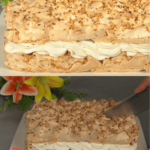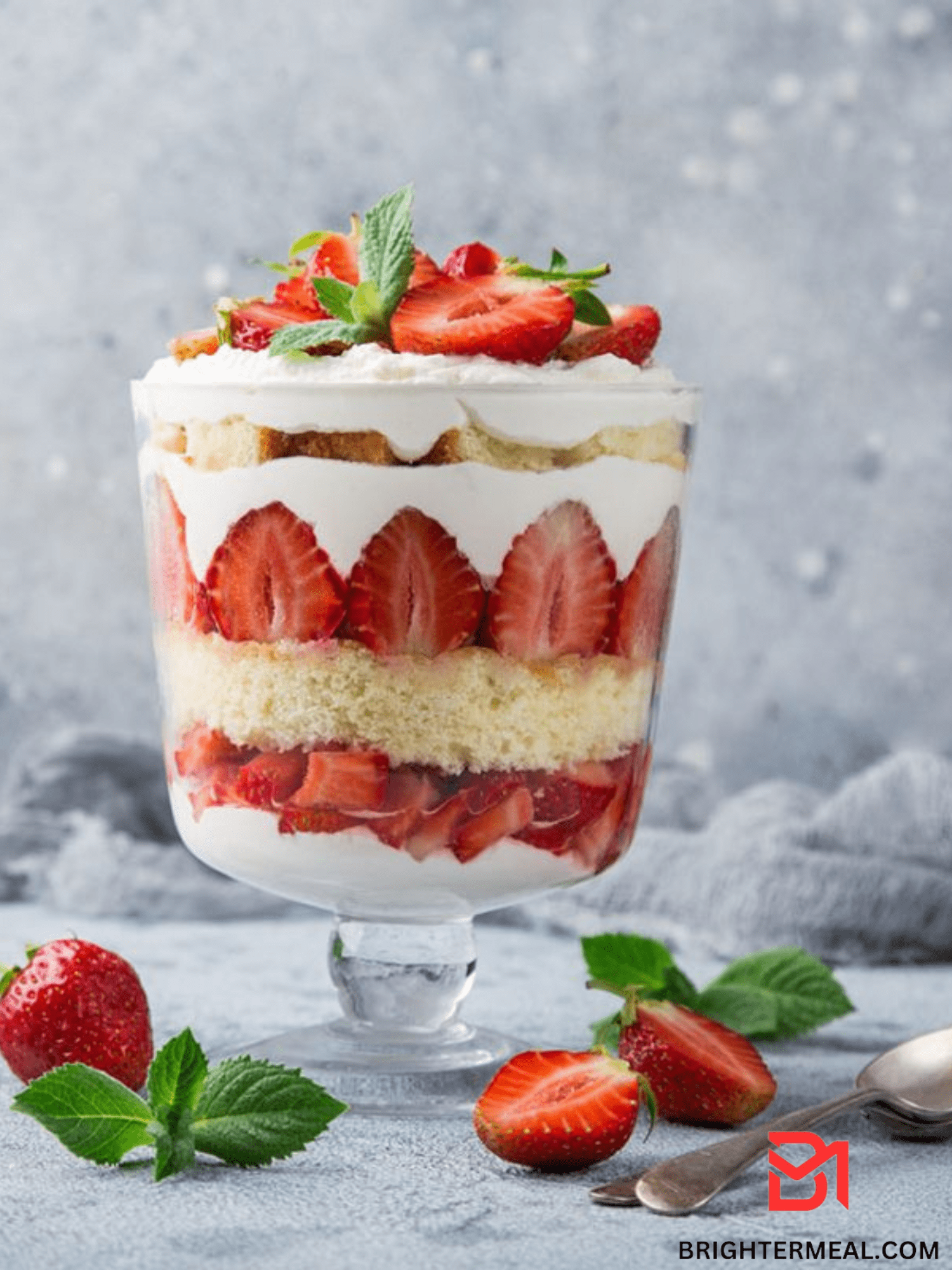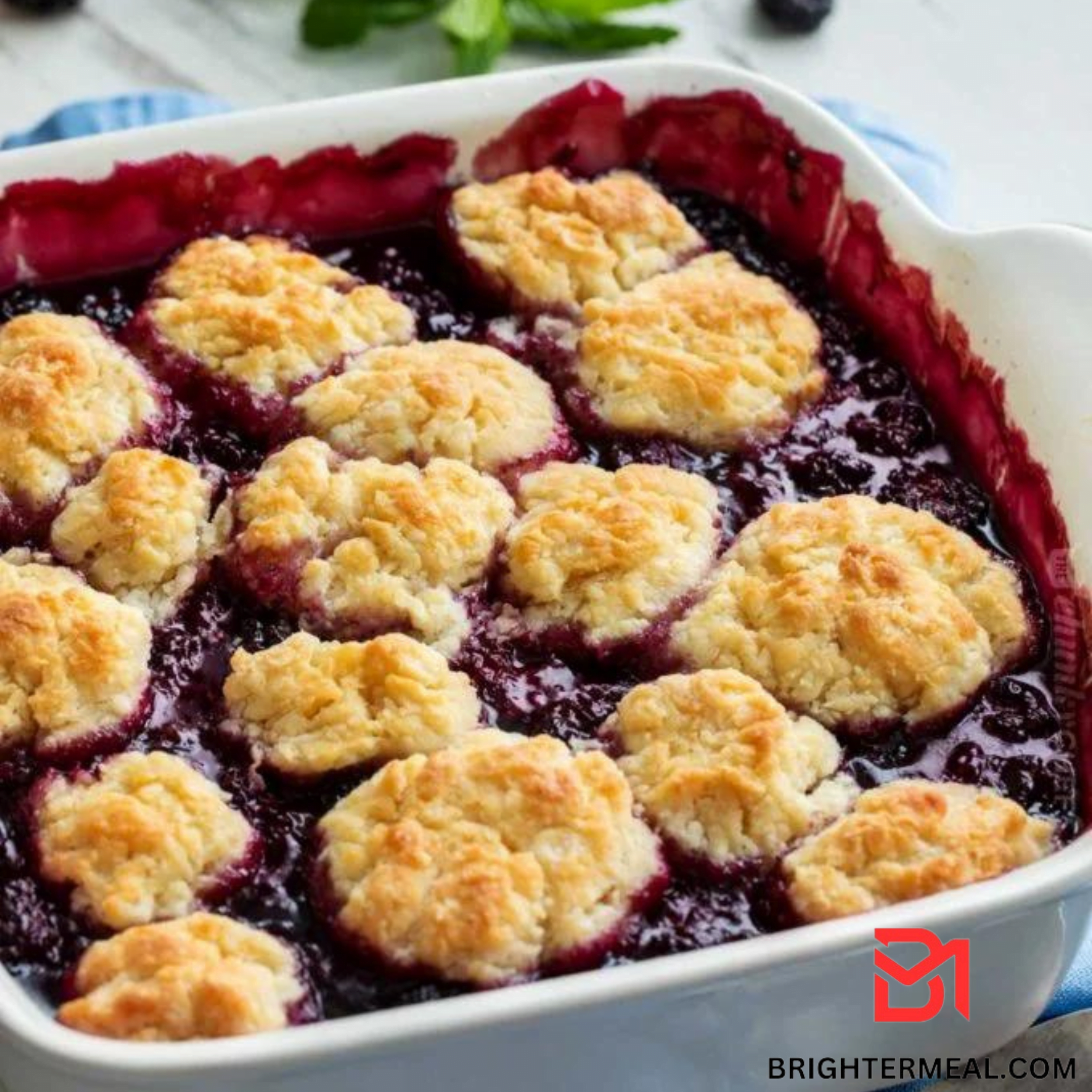Norwegian cake
Norwegian cake, known for its rich flavors and cultural significance, holds a special place in the hearts of Norwegians and cake enthusiasts worldwide. From traditional recipes passed down through generations to modern twists on classic flavors, Norwegian cakes offer a delightful journey into the country’s culinary heritage.

Historical Background of Norwegian Cake
The roots of Norwegian cake trace back centuries, with influences from Viking-era baking techniques and later European culinary traditions. Over time, Norwegian cake recipes have evolved, incorporating local ingredients and cultural practices.
Traditional Ingredients and Flavors
Norwegian cakes are renowned for their use of fresh, high-quality ingredients such as butter, cream, berries, and almonds. These ingredients not only enhance the taste but also reflect the natural bounty of Norway’s landscape.
A Brief Overview of Norwegian Culinary Traditions
Norwegian cuisine emphasizes simplicity and freshness, with an emphasis on seasonal produce and locally sourced ingredients. This culinary ethos is reflected in the preparation of Norwegian cakes, where quality reigns supreme.
Popular Types of Norwegian Cakes
Several iconic Norwegian cakes have gained fame both domestically and internationally. Among them are:
- Kransekake: A towering almond cake ringed with marzipan layers, often served at weddings and special occasions.
- Kvæfjordkake: Also known as “the world’s best cake,” this layered sponge cake features a delicate almond meringue topping and creamy custard filling.
- Bløtkake: A classic Norwegian sponge cake soaked in liqueur and layered with fresh cream and berries.
- Mor Monsen Cake: A traditional Norwegian apple cake flavored with cinnamon and topped with a crunchy almond crust.
The Cultural Significance of Norwegian Cake
Norwegian cakes play a central role in cultural celebrations and family gatherings. Whether it’s birthdays, weddings, or holidays, these cakes symbolize joy, togetherness, and the spirit of sharing.
Baking Techniques and Tips
To achieve the perfect Norwegian cake, mastering key baking techniques is essential. From whipping cream to folding batter, attention to detail is paramount in creating a cake that is both delicious and visually appealing.
Modern Twists and Innovations
While traditional Norwegian cakes hold a special place in culinary tradition, modern bakers are putting innovative spins on classic recipes. From incorporating new ingredients to experimenting with presentation, these contemporary creations offer a fresh take on old favorites.
Health Benefits of Norwegian Cake Ingredients
Despite their indulgent reputation, many Norwegian dessert ingredients offer health benefits. Almonds provide heart-healthy fats, while berries are rich in antioxidants and vitamins. When enjoyed in moderation, Norwegian cakes can be part of a balanced diet.
Steps to Make a Traditional Norwegian Cake
For those eager to try their hand at baking Norwegian cakes, following a traditional recipe is the first step. From gathering ingredients to mastering baking techniques, creating an authentic Norwegian dessert is a rewarding culinary experience.
Serving and Presentation
The presentation of Norwegian cakes is as important as their taste. From elegant cake stands to floral garnishes, attention to detail enhances the visual appeal of these delicious desserts.
Norwegian Cake in Popular Culture
Norwegian cakes have made appearances in literature, film, and television, further solidifying their status as cultural icons. From literary references to cinematic scenes, these cakes evoke a sense of nostalgia and tradition.
FAQs About Norwegian Cake
1. What makes Norwegian cakes unique?
Norwegian cakes are known for their emphasis on quality ingredients, traditional baking techniques, and cultural significance in celebrations.
2. Are Norwegian cakes difficult to make?
While some Norwegian cakes may require advanced baking skills, many recipes are accessible to home bakers with basic kitchen knowledge.
3. Can I customize Norwegian dessert recipes?
Yes, Norwegian dessert recipes can be customized to suit individual preferences by adjusting flavors, fillings, and decorations.
4. Are there vegan or gluten-free versions of Norwegian cakes available?
Yes, with the growing demand for alternative diets, many bakeries offer vegan or gluten-free versions of traditional Norwegian cakes to cater to diverse tastes.
Conclusion
Norwegian cake is more than just a dessert—it’s a cultural tradition that brings people together to celebrate life’s special moments. With its rich flavors, timeless recipes, and symbolic significance, Norwegian cake continues to captivate hearts and taste buds around the world.

Norwegian cake
Ingredients
- Butter: 100g 3.5 oz, softened to room temperature
- Sugar: 100g 3.5 oz
- Milk: 60ml 2 fl oz
- Eggs: 4 with yolks and whites separated
- Flour: 150g 5.2 oz
Instructions
- Cream Butter and Sugar: In a large mixing bowl, combine the softened butter and sugar. Using an electric mixer or a whisk, beat the mixture for 3-4 minutes until it becomes light and fluffy. This process incorporates air into the butter, setting the foundation for a soft cake.
- Incorporate Egg Yolks: Add the egg yolks to the creamed butter and sugar mixture, one at a time, beating well after each addition. Ensure each yolk is fully incorporated before adding the next. This step adds richness and color to the cake.
- Mix in Milk: Gradually pour in the milk while continuing to mix. The milk helps to loosen the batter slightly, making it easier to combine with the dry ingredients.
- Fold in Flour: Sift the flour into the wet ingredients. Gently fold it in using a spatula or a wooden spoon, being careful not to overmix. Overmixing can lead to a dense cake, so stop as soon as the flour is just incorporated.
- Whip Egg Whites: In a separate, clean bowl, beat the egg whites until stiff peaks form. This step is crucial for achieving the cake’s signature light and airy texture.
- Combine Mixtures: Carefully fold the whipped egg whites into the batter, using a folding motion to keep as much air in the mixture as possible.
- Bake: Preheat your oven to 180°C (356°F). Pour the batter into a greased and floured cake pan. Bake for about 25-30 minutes, or until a toothpick inserted into the center comes out clean.
- Cool and Serve: Let the cake cool in the pan for a few minutes before transferring it to a wire rack to cool completely. Serve as is, or dust with powdered sugar for an extra touch of sweetness.






